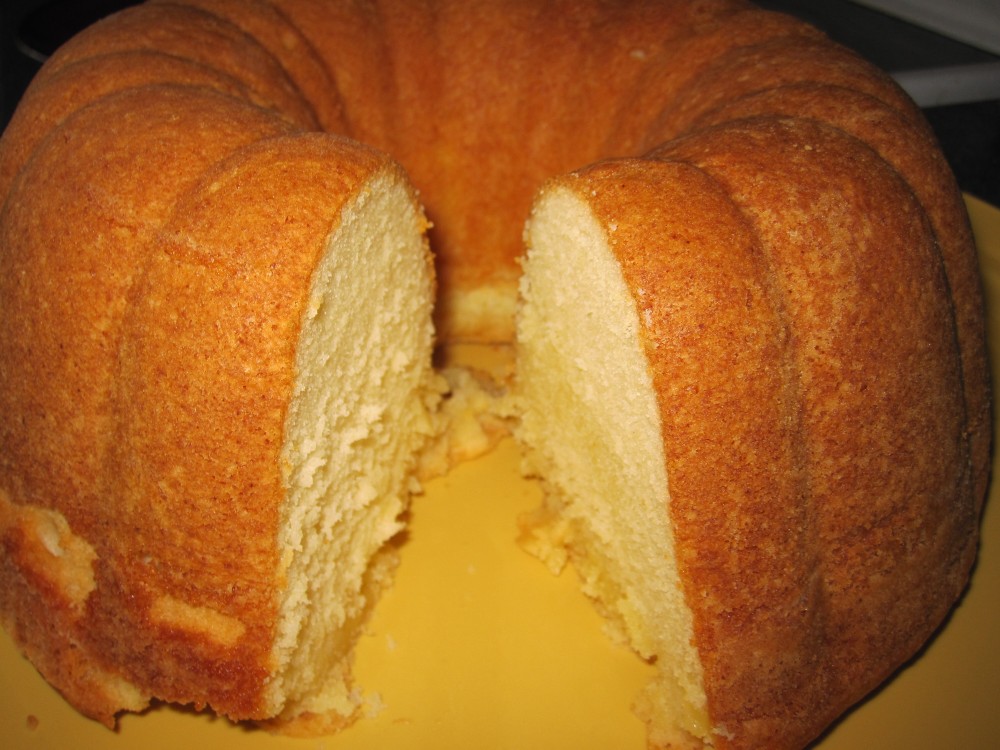Pound cake is called pound cake because there was a pound of every ingredient in the original recipe

The Fascinating History Behind the Name “Pound Cake”

Have you ever wondered why this deliciously dense and moist cake is called “pound cake”? Well, the name pound cake originated from its original recipe that called for a pound of every ingredient. That’s right, a whole pound!
Historically, pound cake was first made in Great Britain in the 1700s. During that time, cooks in Europe did not have access to standard measurements or calibrated weighing scales. So, they created a recipe that was easy to remember and didn’t require any fancy tools. Using simple ratios of one pound of flour, butter, sugar, and eggs, pound cake quickly became a popular dessert in households across Europe.

The simplicity of this recipe not only made it easy for anyone to replicate but also allowed for easy variations and additions. Bakers and home cooks started experimenting with different flavors by adding vanilla extract, lemon zest, or even dried fruits and nuts. Some even replaced a portion of the flour with cocoa powder to create a chocolate version of this timeless classic.
Over time, as the pound cake made its way to America, slight modifications were made to the original recipe. Instead of equal ratios of all the ingredients, American pound cake recipes often used a ratio of 1:1:1:1/2, reducing the amount of butter and sugar by half. This alteration resulted in a slightly less dense cake with a lighter texture.
Pound cake quickly became a staple in American households, especially during holidays and family gatherings. Its versatility and rich flavor made it a perfect canvas for frosting, glazes, and various toppings. It became a symbol of warmth and nostalgia, reminding people of simpler times and cherished family recipes.
Today, pound cake continues to be a beloved dessert that can be enjoyed on its own or enhanced with creative twists. Whether you prefer it plain, drizzled with a citrus glaze, or topped with fresh berries and whipped cream, there’s no denying the timeless appeal of this classic treat.
To learn more about the history and evolution of pound cake, you can visit the Smithsonian Magazine article here.
Related Posts
Quick Links
Legal Stuff

